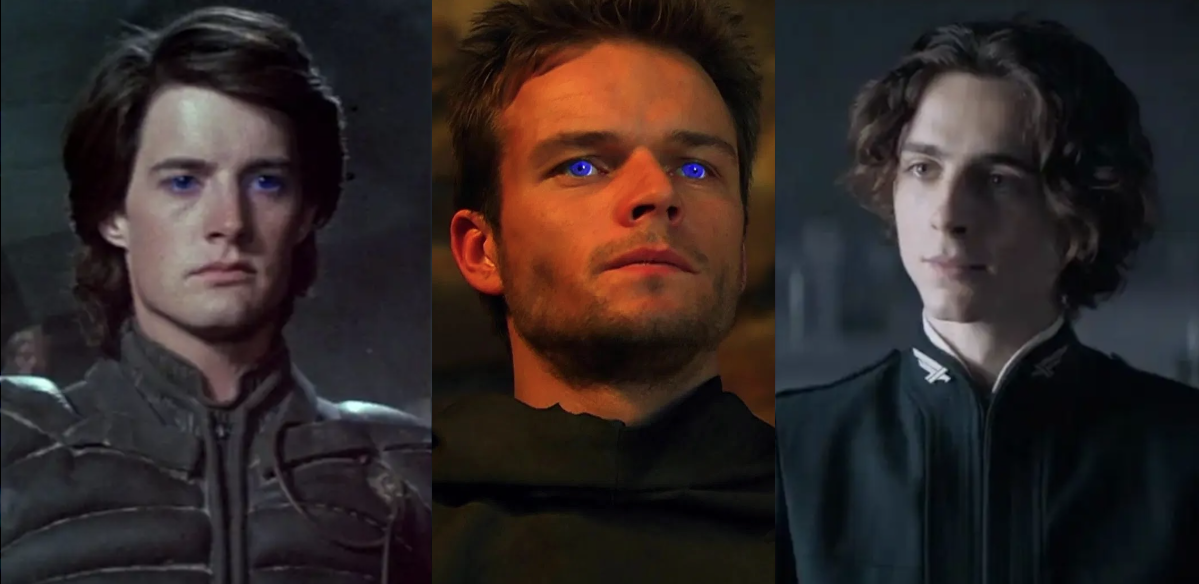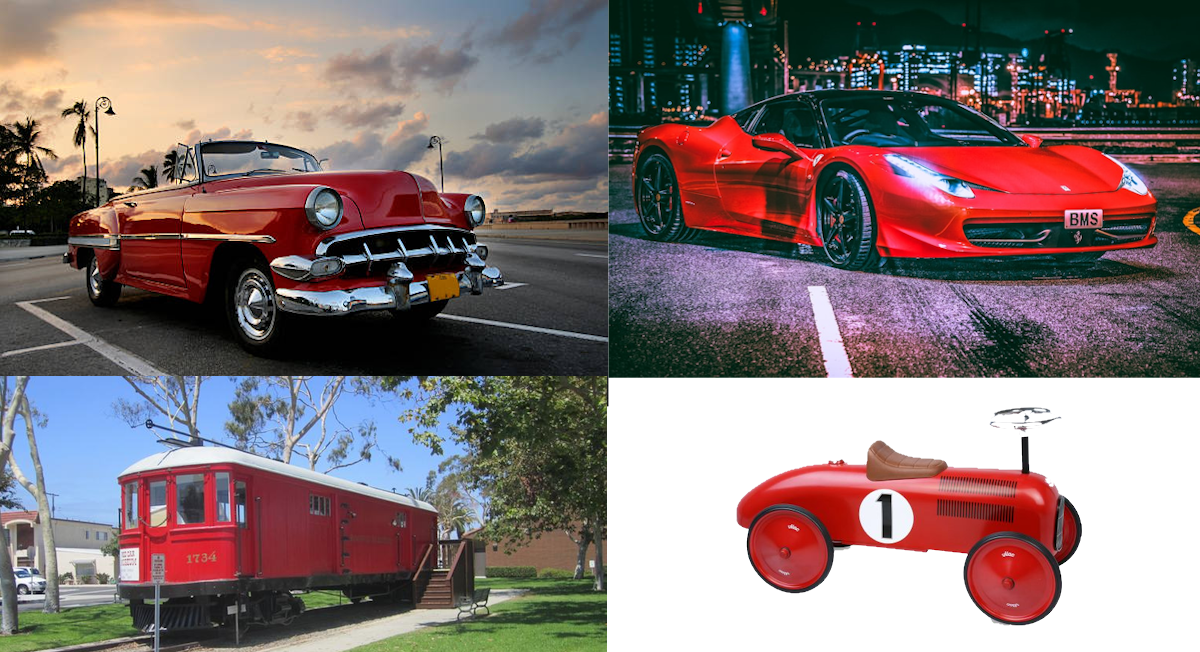Why movies can never replace books, or, why watching will never replace reading
You’ve probably read Frank Herbert’s Dune. If you haven’t, you should.
Until then, know that Paul Atreides is one of the main characters of this sprawling, haunting, beautiful work of literature that transcends the science-fiction genre.
If you haven’t read Dune, just think of a main character from one of the books near and dear to you.
Dune has been ported to the screen at least three times. Historically, three different actors played Paul.
I’ve watched these adaptations several times. Every time, I ask myself the same question:
Who ordered this Paul?

They’re all terrific actors, the three of them. They all did a “great job,” but none quite did it for me, and I bet that’s the case for any rabid Dune fan.
It’s not their fault, and it’s not the casting director’s fault. They can’t possibly select the Paul I had in mind, in fact, the Pauls millions of readers have conjured up in theirs.
Even myself, given the final word on casting, and an unlimited supply of candidates, wouldn’t be able to choose the right Paul—the one I had in mind after reading the book.
“Red car!”
Having read the headline above, close your eyes now. What do you see?

Your mind manifested some red car; a red car; the red car for you.
It may have some commonalities with the objects above, but it’s at the same time nothing like those, to you.
The words “red car” evoke a certain picture in your mind, entirely particular to you, to the way you’ve learned to perceive the world based on your comprehensive life experience, stored in your memories, crossed by associations you’ve made, common or weird, constantly changing with the context you’re in.
When you’re anxious, you’ll see with your mind’s eye a “red car” that may be significantly different than when you’re in a state of relaxation or excitement. Have you noticed how books give you a different overall feel depending on how you were already feeling while reading them? That’s why certain books work best at certain times in your life, and why re-reads often provide new revelations.
Words stir numerous internal representations, not only as many as there are people, but even within a single mind. Yours is free and able to craft its own.
Ready-made, one-to-one, visual images enforce a certain picture and vision that’s far less flexible—you ingest what’s in front of you as-is.
As successions of images racing at least 24 frames-per-second before your eyes, movies give you the same: a ready-made visual representation of what’s going on, which you’ll intake as given, with little room for you to contribute.
That’s not to say static images or films can’t stimulate your emotions. They certainly can. It’s just that they don’t tap into your creative abilities the way words do, forcing you to come up with your own, unique internal scenery that matches what you’ve just read.
Your brain on words
Reading activates specific brain areas, in different ways than watching a movie does. This radical difference between creating an entire film in your mind as you read, as opposed to consuming a ready-made one, is well-supported by neuroscience.
You don’t need science to tell you that reading is more laborious, compared to watching movies. That’s probably why many people don’t read.
Reading is the decoding of symbols—ultimately arbitrary glyphs, but universally agreed upon—to derive meaning from them. It’s a process of cognition, and it changes your brain.
With direct imagery, the basic meaning is served on a platter. Only higher-level meaning remains to be worked out.
The impassable chasm
When you read about a lion and a hunter, as in Italo Calvino’s mind bending t zero, they take shape inside your mind’s theater, they inhabit an ever-changing place that’s created more by yourself than the writer, where they play out their roles as you keep reading in a way that’s impossible to translate to film.
Beyond the basic differences in neural mechanics between reading and watching, reading affords abstractions that ready-made images can’t possibly convey.
To sum up: to stay in t0 I must establish an objective configuration of t0; to establish an objective configuration of t0 I must move to t1; to move into t1 I must adopt some kind of subjective viewpoint so I might as well keep my own. To sum up further: to stay still in time I must move with time, to become objective I must remain subjective.
— Italo Calvino, t zero (The Complete Cosmicomics)
Port this gem to a visual medium, I dare you. Make abstract philosophical ideas into blockbuster movies, I challenge you.
Reading is uniquely human
You can find countless videos of cats and dogs looking at their own image in the mirror (or at videos of other cats and dogs and whatnot) and reacting as if they were looking at something real, fooled by the visuals. The animal brain is all it takes to watch things. You won’t find any videos of cats reacting to reading a paragraph about a mouse.
No species reads, except humans. Although blind people can’t look at pictures or watch movies, they can still read. They can decipher meaning from symbols they acquire via a tactile approach just as well as people who see the symbols. This makes it clear that the means of obtaining that information is quite irrelevant. Reading begins after merely seeing (or feeling) the letters.
Lessons from artificial intelligence (AI)
You feed words into certain AI systems and they dream up images. Prompt DALL·E 2, Midjourney, or Stable Diffusion to create images for you, and they’ll paint (sometimes hallucinate) pictures to match.
In a way, these AI models are reading. They read your prompt, then do their best to come up with the matching visuals.
Turns out the best way to describe something to a machine is still natural language, not imagery. Communicating with original images is beyond normal human capabilities anyway, unless you’re a painter or proficient photographer, but even so, the overhead of such communication is tremendous.
The theater of your mind
That’s a scene you populate by reading, with visions unique to you, of people and places and events, artifacts of your imagination, built on top of your memories and emotions.
Only the intricate, nuanced use of language can bring those plays to life, and make them brilliant with true significance. By simply watching things you miss out on all of this.
Your inner stage becomes something like a metropolitan downtown, plastered with visual adverts put there by someone else’s vision. It’s exciting and fun for a while, before it becomes dull and tiresome.
Get your own Paul Atreides
Read the book to be rewarded with your tailor-made, unique vision of the story, the world, the characters. Read to create that long-lasting impression that will never leave you, even after you’ve watched all the screen adaptations.
Your Dune could be Pride and Prejudice, or Anna Karenina, Slaughterhouse-Five or The Consolation of Philosophy. The principle remains: read to really take that universe in, its settings and characters, struggles, tragedies and triumphs.
This changes you in ways inaccessible when you only watch pictures, whether they’re in motion or not.